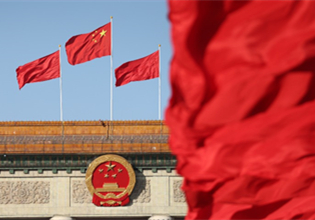Inner Mongolia accelerates new-type energy storage development
North China's Inner Mongolia autonomous region has made remarkable strides in developing new-type energy storage, achieving rapid growth in construction speed and operational efficiency. The region’s installed capacity of new-type energy storage has reached 10.86 million kilowatts (GW), placing it among national leaders.
In 2024, Inner Mongolia added 7.08 GW of new-type energy storage – an increase of 240 percent year-on-year – becoming the first provincial-level region in China to surpass the 10 GW threshold for new-type energy storage capacity.
The region has introduced supportive policies to ensure these facilities are built quickly and used effectively. These include detailed guidelines for developing independent energy storage stations and mechanisms to enhance dispatch efficiency.
Statistics from 2024's first quarter highlight the system's effectiveness: new energy storage facilities in Inner Mongolia charged 730 million kilowatt-hours (kW/h) of electricity – a 420 percent year-on-year increase – and discharged 630 million kW/h, up 446 percent from the previous year. This improved performance is crucial in transitioning toward a power system dominated by renewable energy.
Inner Mongolia has also created multiple revenue streams for energy storage operators through peak-valley electricity pricing, market-based power trading, and discharge compensation mechanisms, pushing the sector into a phase of rapid and sustainable development.



 Print
Print Mail
Mail





